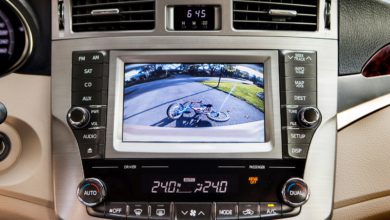How to prevent carbon monoxide poisoning
Carbon monoxide poisoning has claimed another three lives just last week. The three men slept in their car with the engine running and never woke up. If this sounds familiar, it is because a similar incident happened three years ago and claimed the lives of three college students on holiday. What makes this even more tragic is that carbon monoxide poisoning is entirely preventable.
What is carbon monoxide?
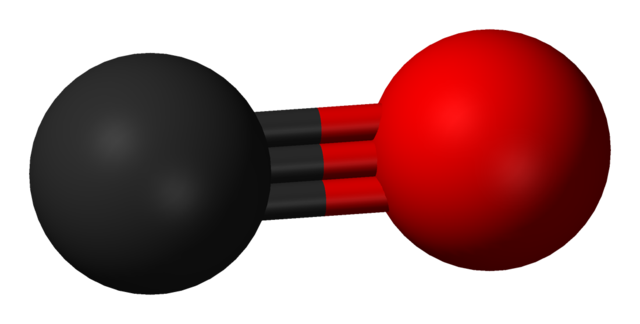
To be technical, carbon monoxide is a product of the imperfect burning of carbon. So burning petrol, charcoal, and even paper can produce carbon monoxide. When carbon is burned perfectly, no carbon monoxide is produced. Instead, the byproduct is carbon dioxide (the stuff you breathe out). Car engines produce both carbon dioxide and carbon monoxide when burning fuel and that is being expelled via the exhaust.
The huge problem here is carbon monoxide, which is produced in extremely high concentrations at about 30,000 parts per million (ppm). At such concentrations, carbon monoxide can kill you, which is why it’s a big problem if it gets inside the car.
How does carbon monoxide get inside the car?
You’re generally in safe hands when carbon monoxide is properly expelled via the exhaust pipe. Catalytic converters also reduce the amount of carbon monoxide produced, lowering the risk even further.
The problem arises when people enter an enclosed space with carbon monoxide and stay there, such as inside a building or in a car with defects. Here are some ways carbon monoxide poisoning can occur. Note how they are almost always in an enclosed space with the car engine running:
- Allowing children to ride under a topper on a pick-up truck.
- Warming up a car in a garage, even with the outside garage door open.
- Operating a car in an enclosed space like a building or garage.
- Driving a car with a defective exhaust system.
- Driving a car with a defective emission system or poorly tuned engine.
- Driving a car with the trunk lid or rear tailgate open.
- Driving a car with holes in the car’s body.
Prevention
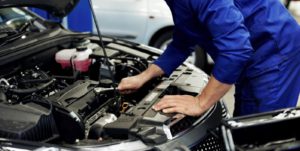
First things first, do not operate your car or leave your car running in an enclosed space like a garage.
Secondly, it’s important to make sure that your car’s exhaust system does not have any flaws or cracks that could leak carbon monoxide into the car. That’s why your car needs to go for regular inspections, whether or not it’s been involved in an accident. To get around this, you need to get your car inspected regularly. This is especially important before long trips where you will spend hours in the car.
These inspections also ensure that the catalytic converter is not leaking, turning the extreme concentration of carbon monoxide from 30,000 ppm to below 1,000 ppm. Out-of-tune and misfiring engines produce even higher levels of carbon monoxide and can damage the catalytic converter. So a trustworthy dealer is necessary when you buy a car.
Carro’s thorough 160-point inspection ensures that every car does not have any major accidents, fire, or flood damage. These cars are then refurbished until they are as good as new before they become Carro Certified. That way you don’t have to worry about defective catalytic converters, misfiring engines, or holes in your car’s body when you buy.
Get a carbon monoxide detector
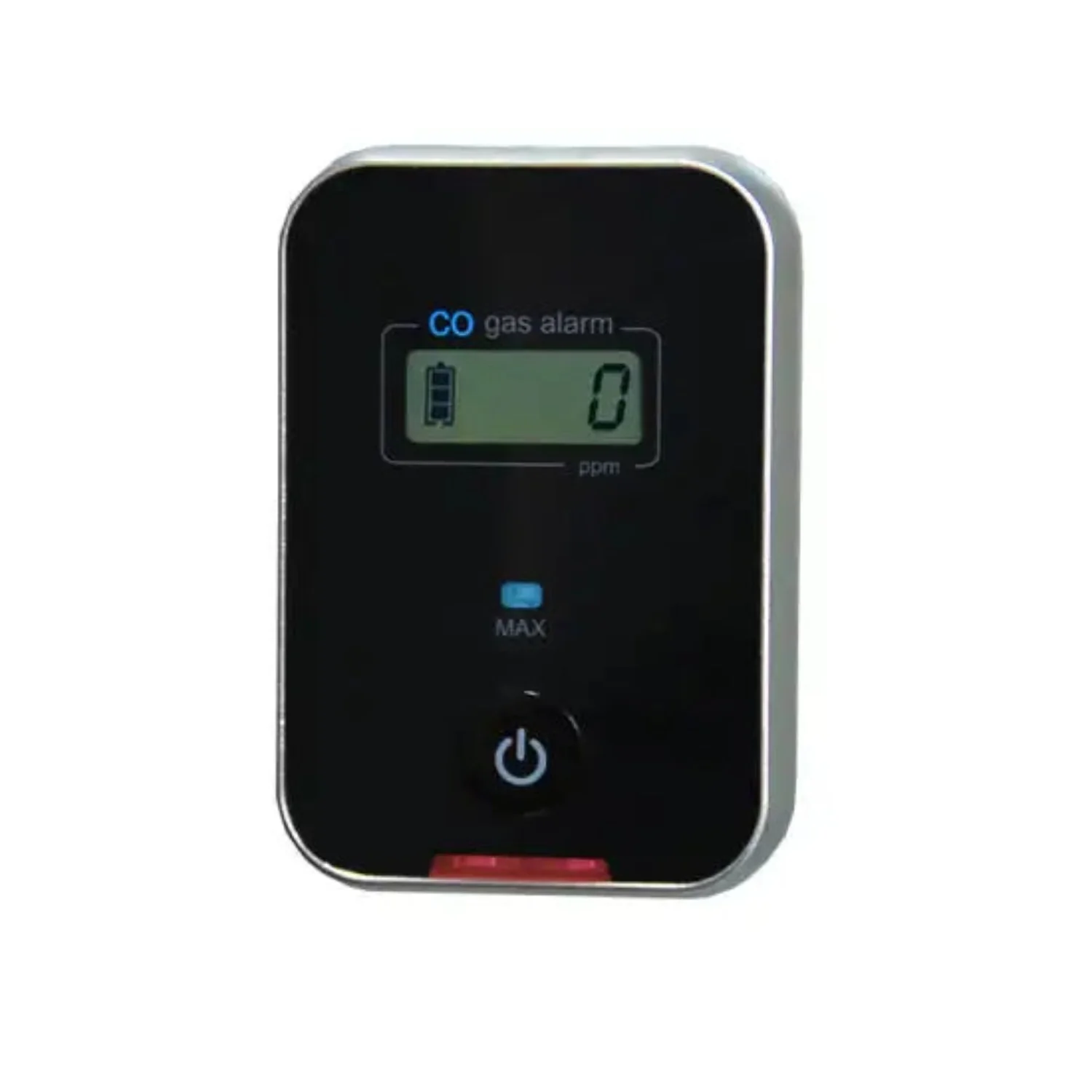
Carbon monoxide is odourless, colourless, and tasteless, so you may not realise you are being poisoned until it is too late. Getting yourself a carbon monoxide monitor can help alert you to the presence of dangerous concentrations of the toxic gas in your car and you can take immediate action to prevent it from becoming deadly.
These detectors are similar to the ones installed in houses and need to be maintained and replaced every 5 years as the detection components degrade. So if you choose to get a carbon monoxide detector, be sure to maintain it and beware not to let a carbon monoxide detector lure you into a false sense of security.
Recognise the signs
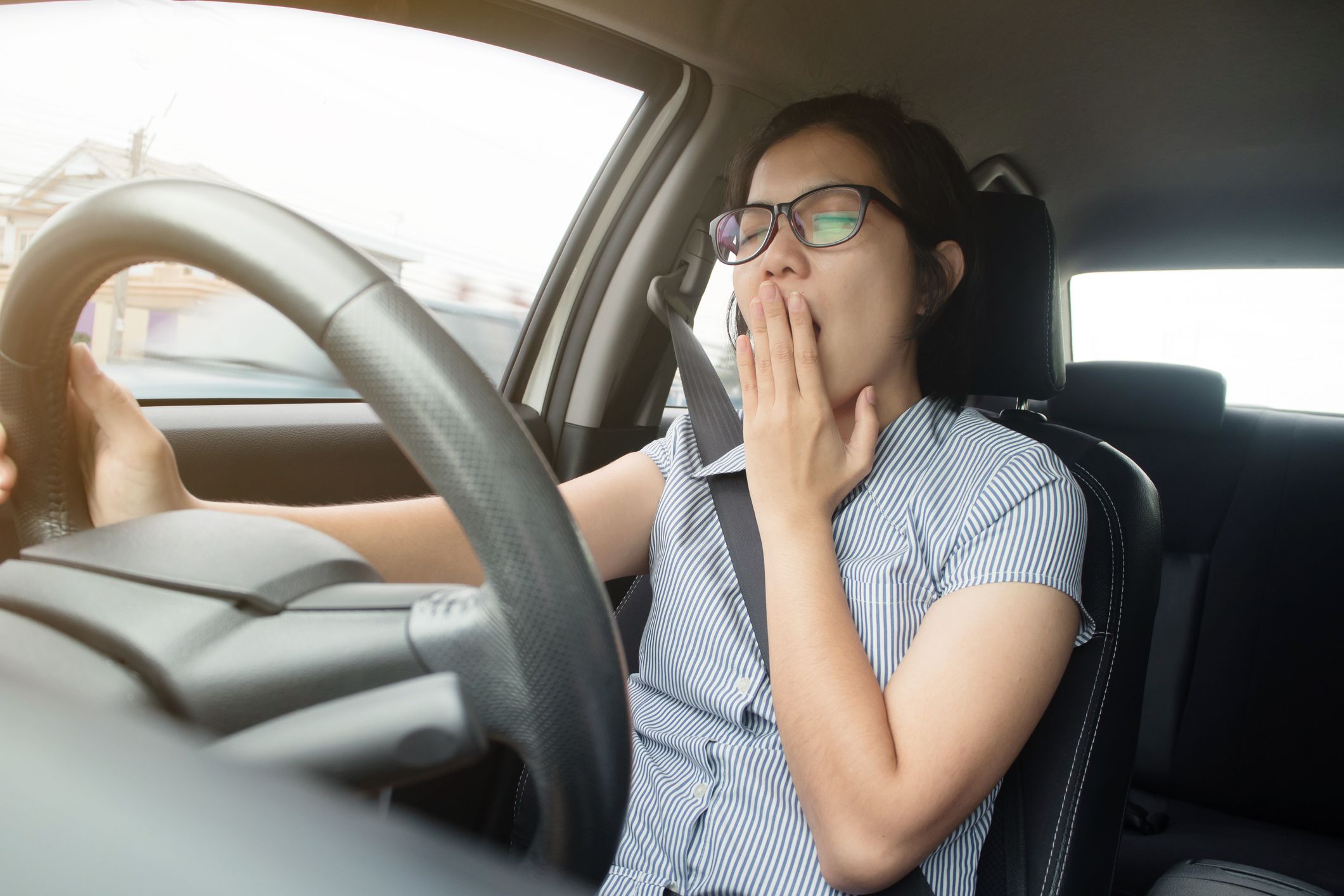
Although you have taken steps to prevent carbon monoxide poisoning, recognising the signs is still important so that you don’t get caught off guard. Common symptoms include headaches and dizziness. Victims may also experience weakness, nausea, vomiting, chest pain, and confusion.
Carbon monoxide poisons you by competing with oxygen, preventing your red blood cells from absorbing oxygen normally. So as your blood cells lose their ability to absorb oxygen, the symptoms you experience are similar to when you have a lack of air. If you or several car occupants experience these symptoms, immediately wind down the windows and find a safe place to stop the car. Once you stop, turn off the engine and exit the car. You should then call an ambulance.
Do not attempt to keep driving as you may pass out and crash. Recently, a family suffering from carbon monoxide poisoning passed out while driving and crashed into a toll barrier.
Safety shouldn’t be taken lightly. Be sure to be aware of the signs of carbon monoxide poisoning and take measures to ensure your safety. Do not become a statistic.

